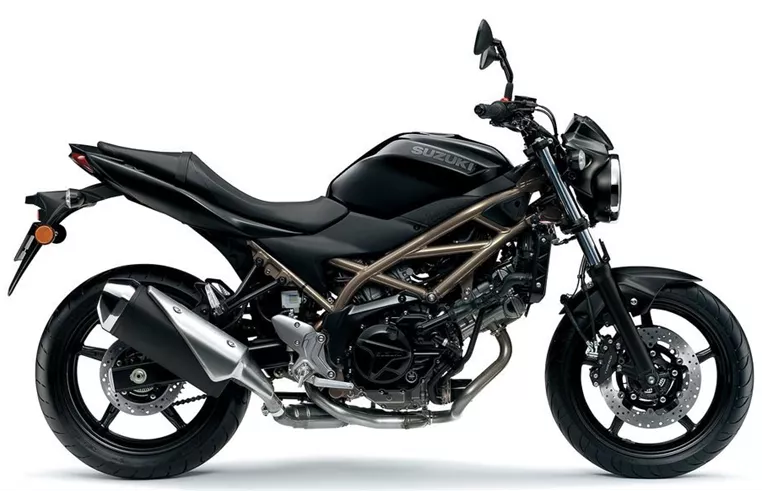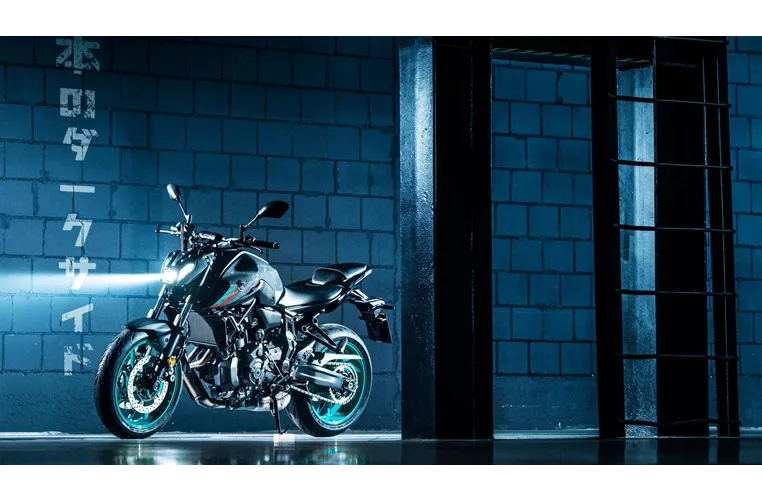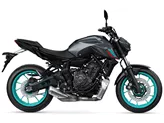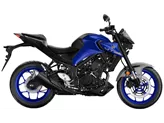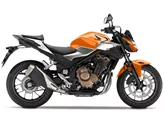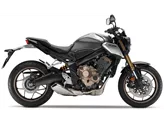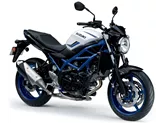Suzuki SV 650 2021 vs. Yamaha MT-07 2022
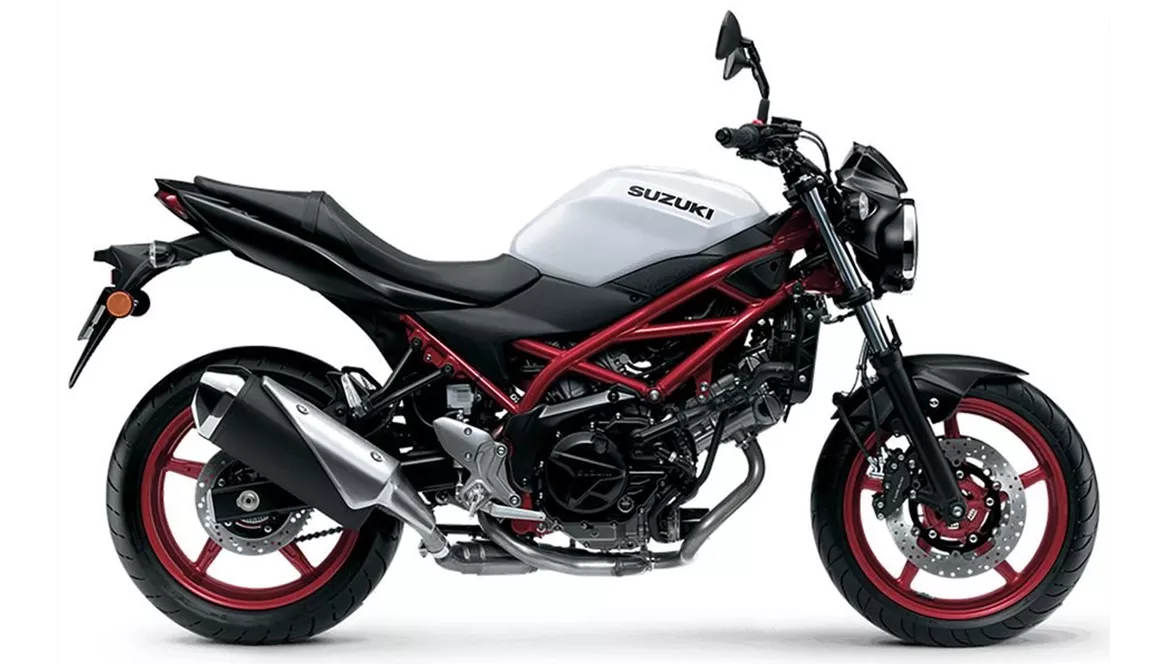
Suzuki SV 650 2021
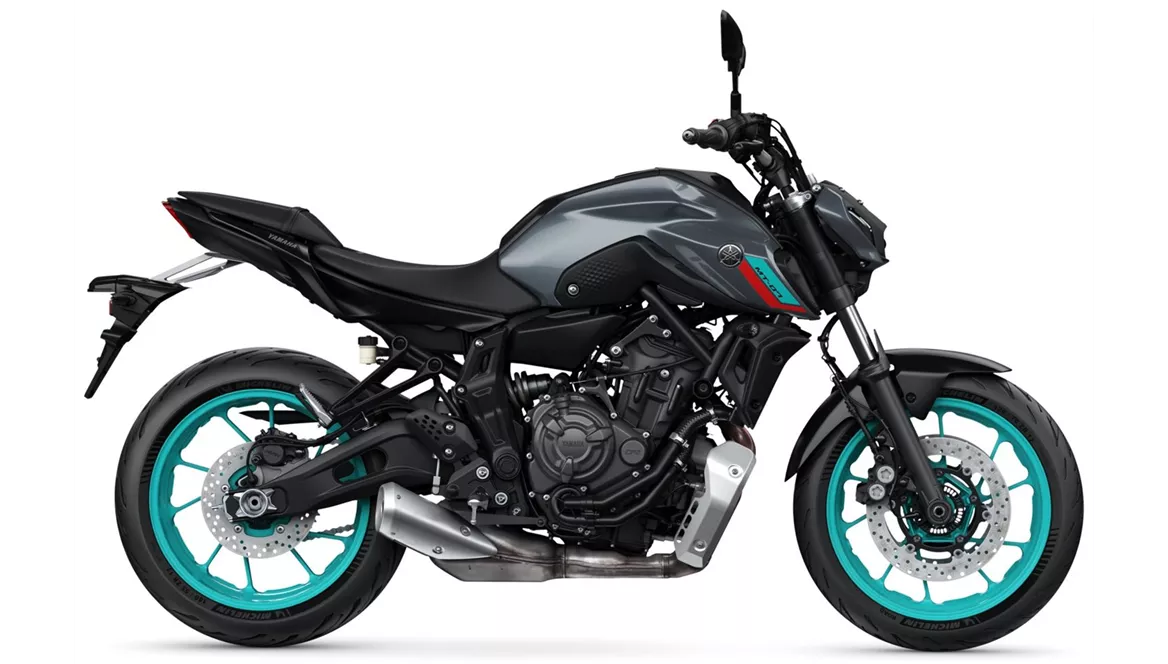
Yamaha MT-07 2022
Overview - Suzuki SV 650 2021 vs Yamaha MT-07 2022
The Suzuki SV 650 2021 and the Yamaha MT-07 2022 are both popular naked bikes in the market. While they share some similarities in terms of engine power, fuel system, and suspension, they also have distinct differences that set them apart.
In terms of engine specifications, the Suzuki SV 650 2021 is equipped with a V2 engine that delivers 73 horsepower and 64 Nm of torque. On the other hand, the Yamaha MT-07 2022 features an in-line 2-cylinder engine that produces 73.4 horsepower and 67 Nm of torque. Both bikes have liquid cooling systems, ensuring optimal engine performance.
When it comes to suspension, both bikes have telescopic forks at the front and swing arm suspension at the rear, with monoshock absorbers. This setup provides a comfortable and stable ride for both models.
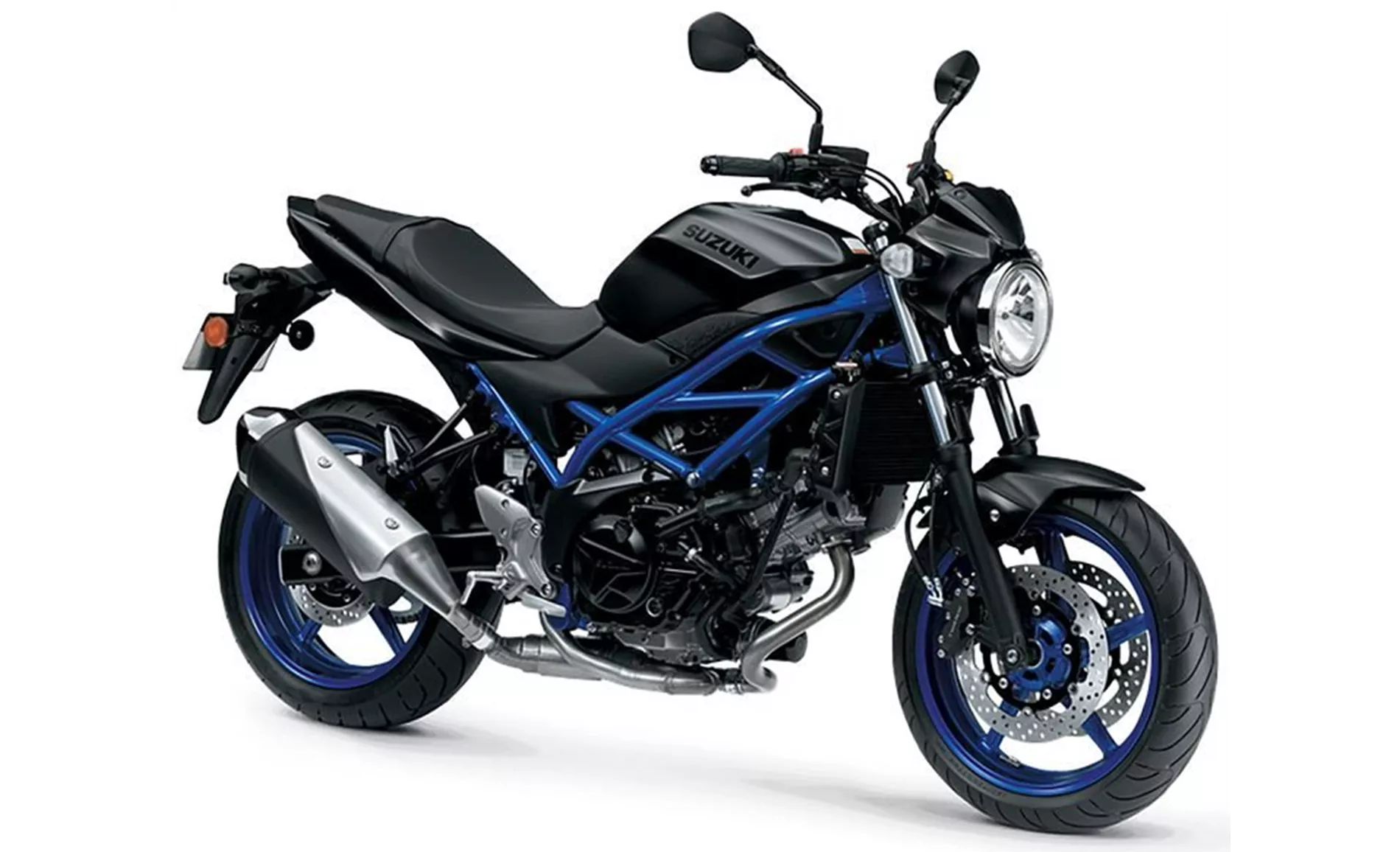
Suzuki SV 650 2021
In terms of braking, both bikes feature double disk brakes at the front. However, the Yamaha MT-07 2022 has slightly larger brake disks with a diameter of 298 mm compared to the 290 mm disks on the Suzuki SV 650 2021. This gives the Yamaha MT-07 2022 an advantage in terms of braking power.
In terms of dimensions and weights, the Suzuki SV 650 2021 has a wheelbase of 1445 mm and a seat height of 785 mm. It weighs 200 kg with ABS and has a fuel tank capacity of 14.5 liters. On the other hand, the Yamaha MT-07 2022 has a slightly shorter wheelbase of 1400 mm and a slightly higher seat height of 805 mm. It weighs 184 kg with ABS and has a fuel tank capacity of 14 liters. Both bikes offer a comfortable seating position for riders.
In terms of range and fuel consumption, the Suzuki SV 650 2021 has a range of 353 km and a combined fuel consumption of 4.1 l/100km. The Yamaha MT-07 2022 has a slightly lower range of 333 km and a slightly higher combined fuel consumption of 4.2 l/100km.
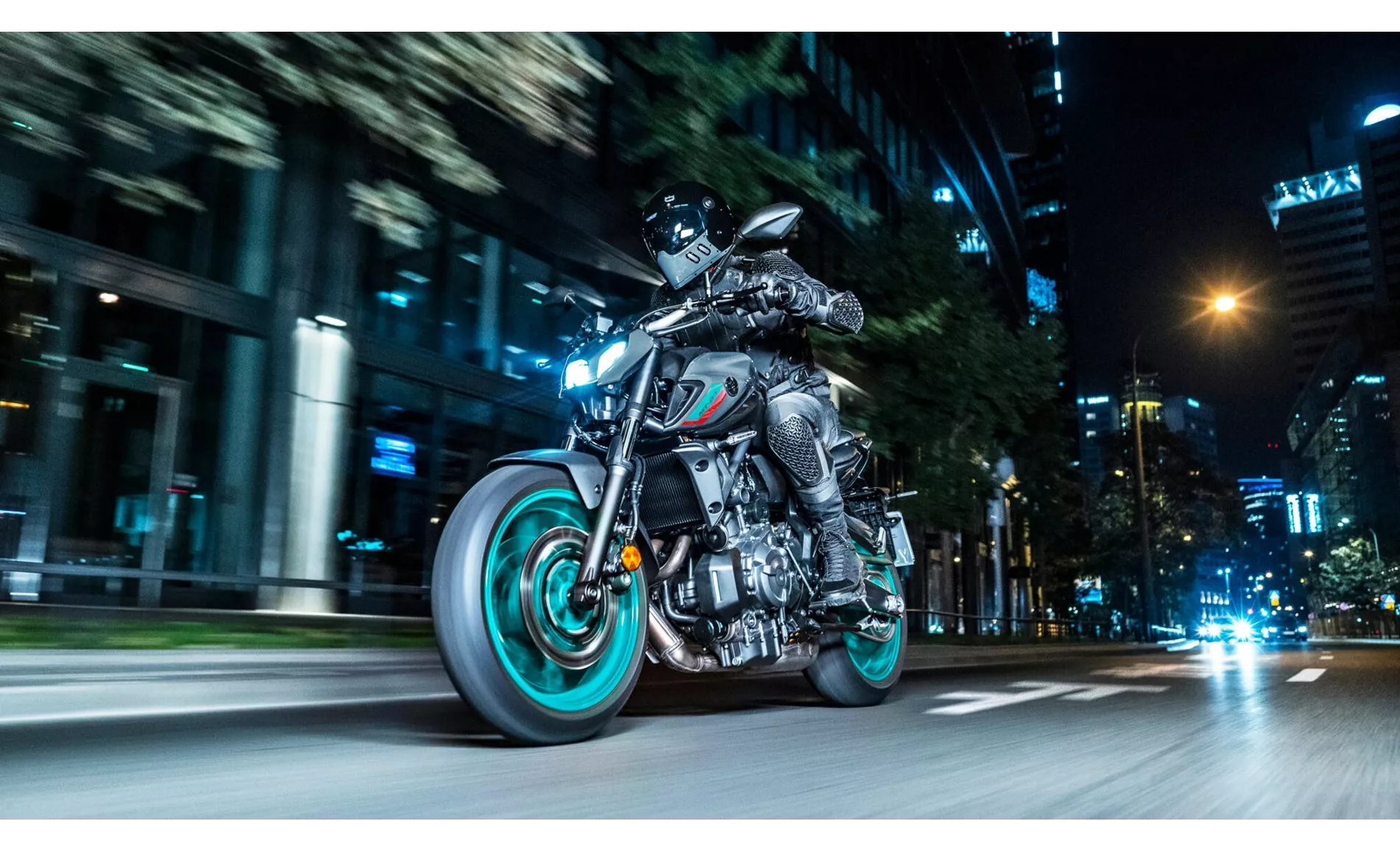
Yamaha MT-07 2022
In terms of strengths, the Suzuki SV 650 2021 is known for its confident V2 powerplant with character, stable chassis, comfortable seating position, easy handling, and timeless look. On the other hand, the Yamaha MT-07 2022 is praised for its lively and powerful engine, good sound, comfortable seating position, good braking system, and easy-to-read instruments.
However, both bikes also have their weaknesses. The Suzuki SV 650 2021 requires manual force for the brakes and lacks electronic features apart from ABS. The instruments on the Suzuki SV 650 2021 are also moderately readable. On the other hand, the Yamaha MT-07 2022 has a non-adjustable chassis and lacks a TFT display.
In conclusion, the Suzuki SV 650 2021 and the Yamaha MT-07 2022 are both capable naked bikes with their own strengths and weaknesses. The choice between the two ultimately depends on the rider's preferences and priorities.
Technical Specifications Suzuki SV 650 2021 compared to Yamaha MT-07 2022
Pros and Cons in comparison
Pros and Cons in comparison
Suzuki SV 650 2021
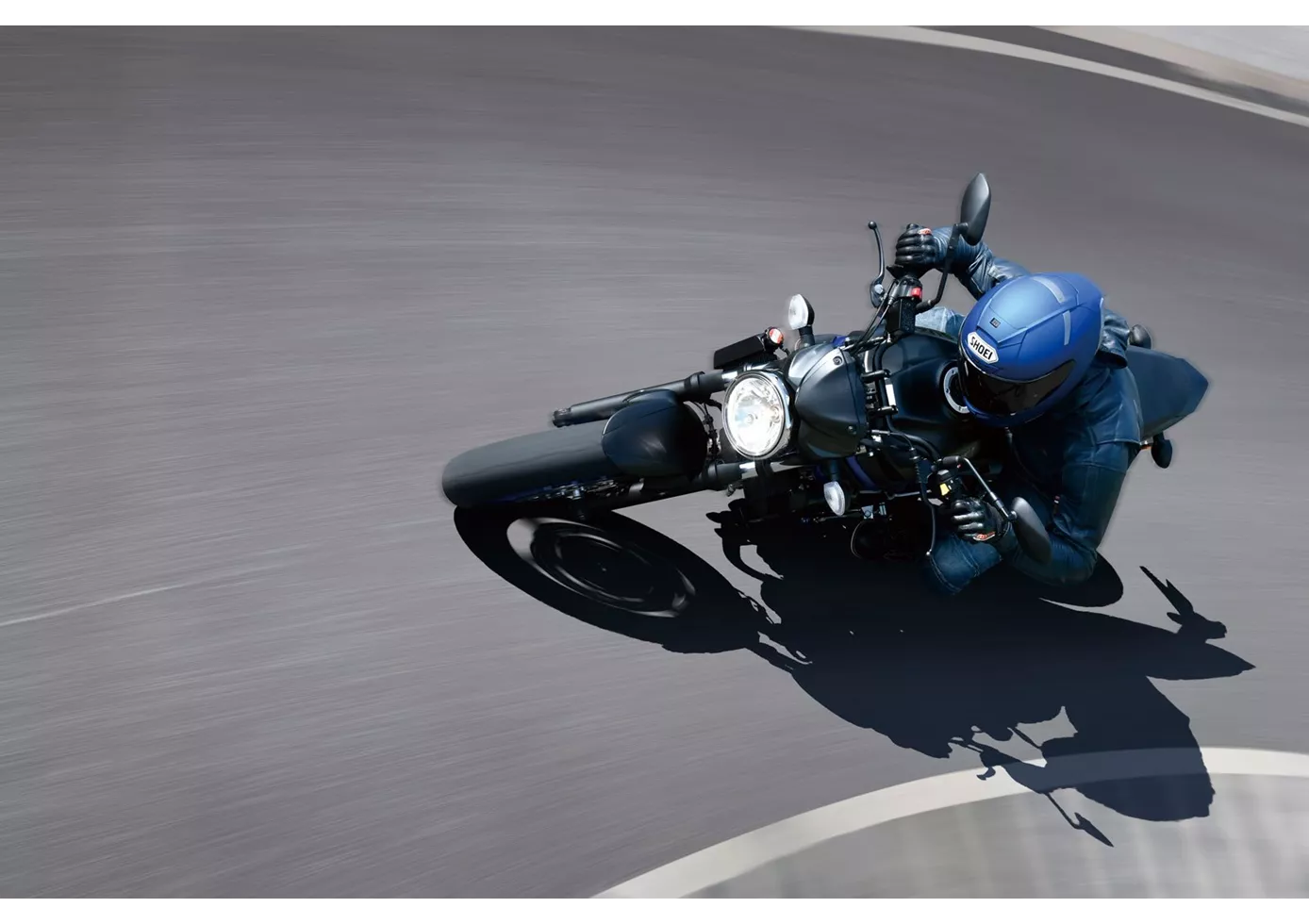
Not much has changed on the Suzuki SV 650 compared to its predecessor, five years ago. The engine has been updated to Euro5 and is now even more mature, which fits in perfectly with the rest of the package. The SV 650 doesn't want to scare anyone, especially beginners. The chassis makes a solid, unagitated impression, the brakes require a lot of manual force to prevent unexpected overbraking. The look is timeless on the one hand, but on the other hand some components are really a bit outdated. On the other hand, the price is fair, as usual for Suzuki.
Yamaha MT-07 2022
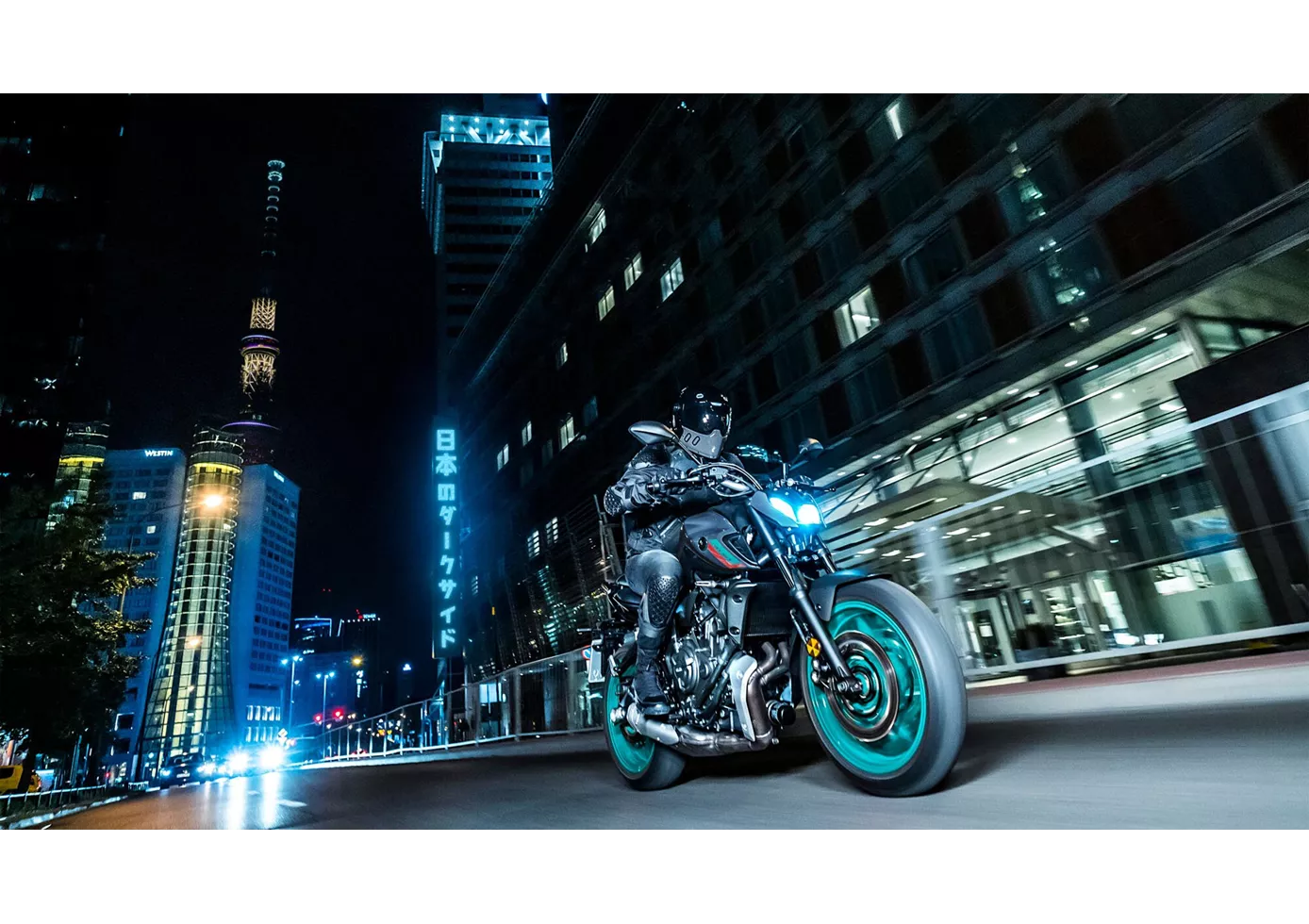
Hardly any other motorbike in the so-called entry-level class is as much fun as the Yamaha MT-07. Even the version that is throttled down to 48 hp can keep up with the full version for longer than you would expect due to its comparatively large displacement. The remaining components also do well, both the brakes and the suspension don't want to scare anyone with too much harshness, but don't immediately reach the limit even with sportier riders. The look is now more coherent, the minimalist LED headlight fits in perfectly with the angular look.
Price Comparison Avarage Market Price Suzuki SV 650 vs Yamaha MT-07
There are a few key differences between a Suzuki SV 650 2021 and a Yamaha MT-07 2022. In terms of price, the actual average price of a Yamaha MT-07 2022 is about 26% higher. Compared to Yamaha MT-07 2022 there are less Suzuki SV 650 2021 bikes available on the 1000PS.de Marketplace, specifically 13 compared to 52. It takes less time to sell a Yamaha MT-07 with 109 days compared to 111 days for the Suzuki SV 650. Since model year 2005 1000PS.de editors have written 25 reviews for the Suzuki SV 650 and 69 reviews for the Yamaha MT-07 since model year 2013. The first review for the Suzuki SV 650 was published on 9/26/2008 and now has more than 14,200 views. This compares to more than 12,600 views for the first review on Yamaha MT-07 published on 11/4/2013.
